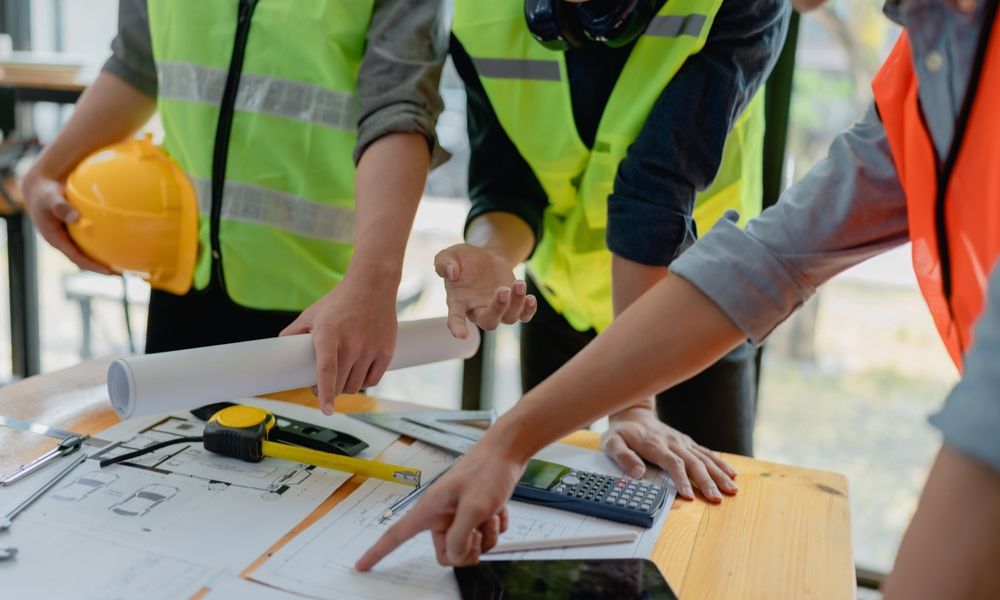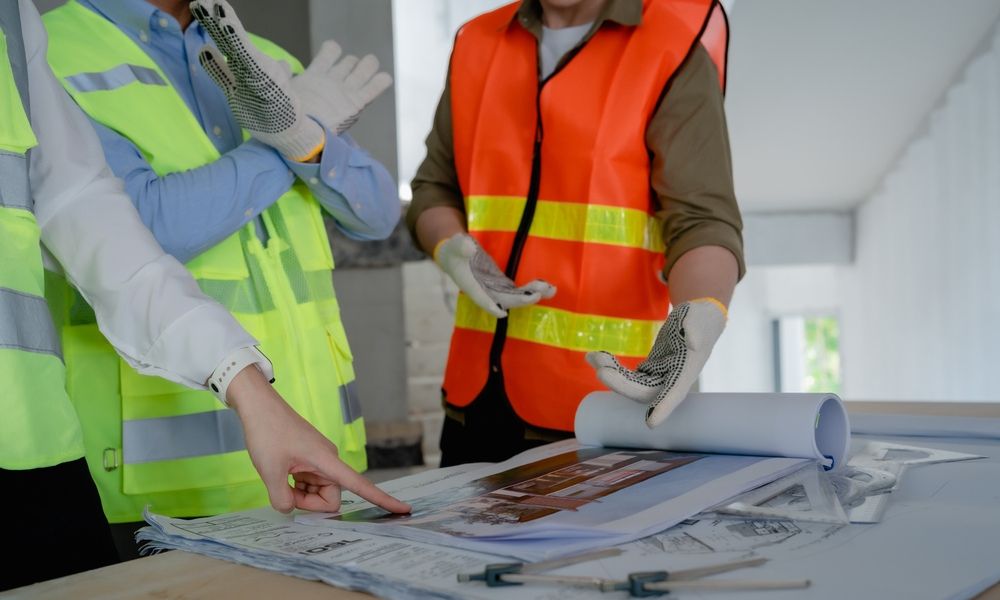Last updated on December 30th, 2024 at 11:00 am
In the construction industry, material takeoff is an essential process used to quantify the materials needed for a project. As technology advances, estimators now have options beyond the traditional, manual approach to material takeoff. Digital tools and software have made the process faster, more efficient, and often more accurate.
However, both manual and digital methods come with their own advantages and challenges. This guide explores the pros and cons of each to help you determine which approach best suits your project needs.
What is Material Takeoff?
Material takeoff (MTO) is the process of identifying and listing all the materials required for a construction project. This information is then used to create accurate cost estimates, allocate resources, and ensure the project is completed within budget.
In a typical material takeoff, estimators review project plans and specifications, measure quantities, and record the materials needed for structural components, finishes, mechanical systems, and more.
Manual Material Takeoff
Before digital tools became popular, estimators relied on manual methods for material takeoff. Manual material takeoff involves reviewing paper blueprints and using rulers, calculators, and spreadsheets to measure and record quantities. While this approach may seem outdated, it still has some advantages.
Pros of Manual Material Takeoff
- In-Depth Understanding of Project Plans: Manual takeoff requires estimators to closely study project drawings, allowing them to gain a deep understanding of project details. This helps to identify any inconsistencies or missing information.
- No Dependence on Software: Manual takeoff does not require any specialized software, making it accessible to all estimators regardless of technological resources.
- Preferred for Simple Projects: For smaller or straightforward projects, manual takeoff can be completed quickly without the need for digital tools, which may save time in setup and processing.
Cons of Manual Material Takeoff
- Time-Consuming: Measuring and recording quantities manually is a slow process, especially for complex projects with many materials.
- Higher Risk of Human Error: Calculations done by hand are prone to mistakes, which can lead to costly errors in material estimation.
- Difficult to Update: If project specifications change, it can be time-consuming to revise manual takeoffs, as changes must be applied manually.
Digital Material Takeoff

Digital material takeoff uses specialized software to automate the measurement and calculation process. Programs like Bluebeam Revu, PlanSwift, and Kubla offer features that streamline takeoffs, enhance accuracy, and make it easier to update and share information.
Pros of Digital Material Takeoff
- Increased Accuracy: Digital tools reduce the risk of human error, providing more accurate results through automated measurements and calculations.
- Efficiency and Speed: With software, the process is significantly faster. Estimators can complete takeoffs more efficiently, allowing them to take on more projects in less time.
- Easier Updates and Revisions: Digital takeoff software makes it easy to apply updates when project specifications change, saving time and ensuring accuracy.
- Ability to Handle Complex Projects: Digital tools can manage large, complex projects more effectively than manual methods, thanks to advanced features like layers, automated calculations, and integration with other estimating software.
- Enhanced Collaboration: Many digital tools allow multiple team members to view, edit, and comment on the takeoff, fostering better collaboration.
Cons of Digital Material Takeoff
- Initial Cost of Software: High-quality takeoff software can be expensive, especially for small businesses or individual contractors.
- Learning Curve: Digital tools require training and familiarity, which can be a challenge for estimators who are new to software or have limited technical skills.
- Dependence on Technology: Digital takeoff relies on computer systems and software, making it vulnerable to technical issues, software updates, and potential data loss.
Comparison of Manual and Digital Material Takeoff
Both manual and digital material takeoff methods have their place in the construction industry. Here’s a quick comparison to summarize the key differences:
| Aspect | Manual Takeoff | Digital Takeoff |
| Accuracy | Prone to human error | Highly accurate due to automated calculations |
| Time Efficiency | Time-consuming | Faster and more efficient |
| Flexibility with Changes | Difficult to update | Easy to revise and update |
| Cost | Low cost, no software required | Initial investment in software |
| Learning Requirement | Minimal learning curve | Requires training and practice |
| Project Suitability | Suitable for smaller projects | Ideal for complex or large-scale projects |
| Collaboration | Limited collaboration options | Enhanced collaboration with digital tools |
Which Approach is Right for You?
Choosing between manual and digital material takeoff depends on various factors, including project size, complexity, budget, and your team’s familiarity with digital tools. For small, simple projects, a manual approach may be sufficient. However, for larger or more complex projects, investing in digital software can save time, reduce errors, and improve overall efficiency.
Tools for Digital Material Takeoff
If you decide to go digital, here are some popular tools to consider:
Bluebeam Revu:
Known for its versatility, Bluebeam allows users to perform detailed takeoffs directly on PDF drawings. It’s popular for its user-friendly interface and extensive measurement tools.
PlanSwift:
This software is widely used for its ease of use and speed, enabling fast measurements from digital plans and integration with estimating tools.
Kubla:
Ideal for earthworks, Kubla is tailored for civil projects that involve extensive groundworks and provides precise calculations for excavation and grading.
Each of these tools comes with unique features, so choosing the right one depends on the specific needs of your projects.
Tips for a Smooth Transition from Manual to Digital Takeoff
If you’re used to manual takeoff but are considering making the switch to digital, here are a few tips to help you transition smoothly:
- Start Small: Begin by using digital tools on smaller projects to get familiar with the interface and features.
- Invest in Training: Many software providers offer tutorials, guides, and training sessions to help new users.
- Practice Regularly: Like any skill, using digital tools effectively takes practice. The more you use the software, the more comfortable and efficient you’ll become.
- Use Multiple Tools if Needed: Different tools may excel at different tasks, so don’t hesitate to use multiple software solutions to get the best results.
Conclusion
Both manual and digital material takeoff methods are valuable in construction estimating, each with distinct benefits and limitations. While manual takeoff allows for a hands-on approach that requires minimal resources, digital takeoff offers speed, accuracy, and adaptability.
As technology continues to evolve, digital tools are likely to become the standard in construction estimating, providing professionals with powerful resources to manage complex projects effectively.
Enhance Your Skills with Our Quantity Surveying Course
Are you ready to take your material takeoff skills to the next level? Our Online Quantity Surveying Course is designed to help you master both manual and digital estimating techniques. Gain hands-on experience, learn industry best practices, and start building a rewarding career in quantity surveying and construction estimating.Enroll Now in Our Quantity Surveying Course and unlock your potential in the construction industry!




